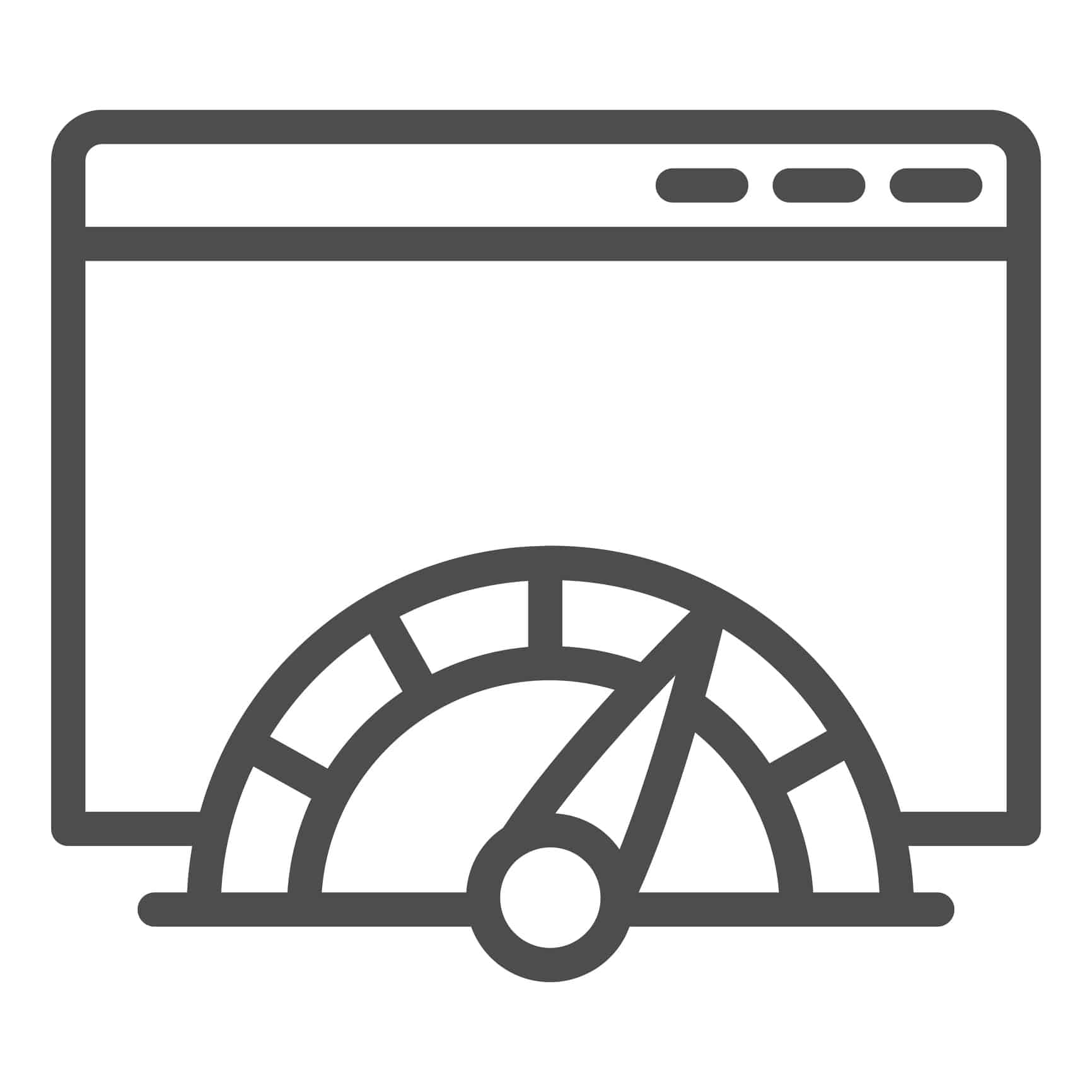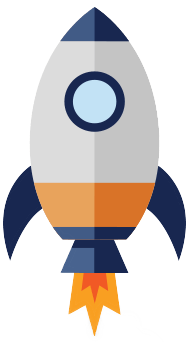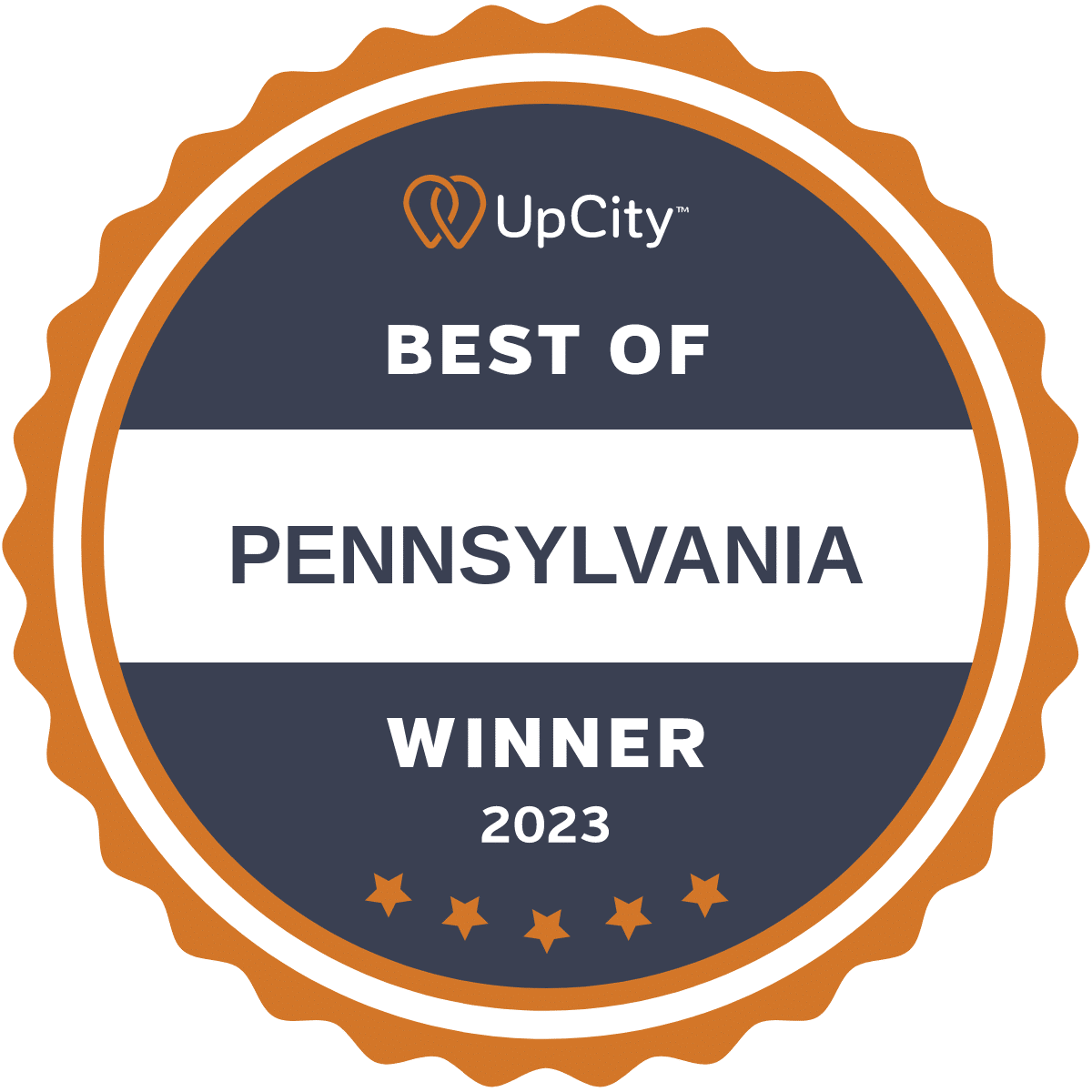Search engine optimization (SEO) is a great way for your business to increase leads, improve search engine rankings, and grow your business! To better understand SEO and how it can help your business, you need to understand the various techniques that are used to boost your website.
On-Page SEO Techniques
The on-page SEO techniques focus on optimizing the parts of your website that you can control. The on-page SEO looks at your website and what it is about. With these techniques, you are optimizing the different parts of your website to help improve your search engine rankings.
Titles Tags & Metadata Descriptions
Title tags are on each page of your site. To optimize them, you place your targeted keywords in the title tag. We recommend that title tags only be 55 to 60 characters long, including spaces. You also want the keyword to appear as close to the beginning of the title tag as possible; just be sure it reads naturally.
You also want to avoid stuffing your keywords and be sure to include the brand at the end of your title tags. Do this by using a pipe bar (I).
Metadata descriptions are another on-page SEO technique. These descriptions are an HTML element that is used to provide a brief description of your webpage. This description is displayed as a part of your search snippet on the search engine results page.
Your metadata description should include a captivating summary of what information is on the page that a user is about to click on. The metadata description serves to give the user a clear picture of what they will gain by clicking through to your website. These descriptions will also include your target keywords to help the search engines index your website and rank your page.
Headings
The headings on your website are typically the biggest words on the page. Because of this, the search engine will give headings more weight than the other words on the page. When writing page headings, you want to ensure that your targeted keywords are incorporated. You should have one H1 heading, with the rest of the headings being either H2 or H3.
Image Optimization
Your content management system has the option to allow you to add alt text to your website images. The text is not seen by the average user, but it is used to help screen reader software describe the images to blind internet users, so they understand what the image is.
This also helps with search engines since they will crawl images in a similar way to screen reader software. By including relevant keywords along with an accurate image description, you can help search engines gain a more accurate understanding o your page content.
Image optimization helps you stay in compliance with the WCAG Web content Accessibility Guidelines. When writing alt text for your images, keep the description between 8 and 10 words and include any target keywords as long as they sound natural. You can also include a location or geo-locator, if relevant.
Site Speed Optimization
When a user is searching for information, Google wants them to find the information as quickly as possible to ensure they receive a great user experience on your website. By optimizing your pages to load faster, you can help your site rank higher in the search results.
Google uses a tool called PageSpeed Insights that allows you to analyze your website on both mobile and desktop and see which pages need to be optimized for better site speed. There are a variety of things that could be slowing down your website. Major site speed factors you need to consider include:
- Keeping your server response time at <200ms
- Minimizing your HTTP requests
- Making sure your browser caching to at least a week
- Keeping image sizes below 100kb
- Place all of your CSS on an external style sheet
- Enable Gzip compression
- Make above the fold content loading priority
- Minify all our CSS, HTML, and Js
Internal Linking
Using internal links to other pages on your website can provide useful information to the user while also serving an important purpose to search engines. Internal links are added to relevant anchor text, which is the clickable text in a hyperlink that is often blue and underlined.
For example, if you have a blog about clogged drains, you would want to link text such as “clogged drain services” to the drain services pages on the website. You want to make sure the anchor text is relevant to the page you are linking to. Your page should contain at least 1-3 internal links.
Schema
Structured data on your website can help Google better understand the content of each page. Google utilizes specific types of structured data to display rich results in the search engine results pages. Rich results include things such as step-by-step instructions with images or recipes that are star rated.
You will typically see these search results at the top of the search engine results page. According to Google, they prefer that structured data use shcema.org vocabulary. It is also recommended that you use the JSON-LD format.
Google also offers a Rich Results Test tool so you can check your code. We recommend using a professional to add structured data to your website.
Off-page SEO Strategies
Off-page SEO’s main purpose is to increase the authority of your website by getting links from other websites. The more links your website has, the higher you will rank on the search engine. Off-page SEO techniques include:
Inbound Links
Inbound links, also known as backlinks, are when another website links back to your website. Google sees these inbound links as an indicator that your website contains high-quality content.
Social Media
Social media is a great way to make a personal connection with your customers. It also helps you build your brand and creditability across multiple platforms.
Social media is a great way to indirectly increase your search visibility and organic search ranking. While social media does not directly impact SEI, the likes, shares, and comments that are generated from users sharing your content help your build customer loyalty and trust and drive brand awareness and exposure. All of these will help you boost your online traffic and visibility.
Influencer Marketing
Whether you are looking to reach local customers or customers around the globe, you can create influencer marketing campaigns that can reach everyone. With influencer marketing, you can build trust and authority, connect with a more diverse market, and create a buzz about your services or products.
Influencer marketing can also help you increase brand awareness and generate leads.
Article Submissions
If you have great quality content you would like to share, consider submitting to have your articles featured on relevant or trusted websites. This is a backlinking strategy that can help show Google that your website contains quality content.
Professional SEO Services
At Higher Images, we can perform a marketing audit to see where you could use help with your SEO strategy. We offer a variety of SEO programs that contain both on and off-page optimization to help you meet your goals. Contact us today to learn more!
Bryan Thornberg founded Higher Images. 22 years ago. As Owner and Chief Marketing Officer, he leads his team in all digital projects, consultations, development, marketing, public relations, sales, analytics, account management, and product support.
Latest posts by Bryan Thornberg
(see all)










